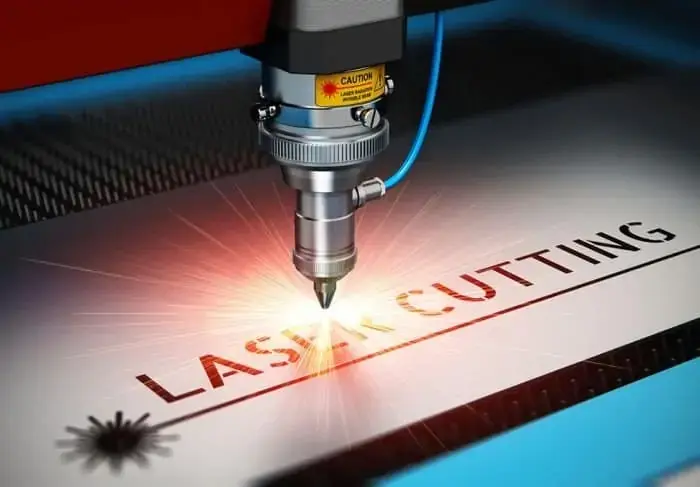Laser cutting has revolutionized many industries by transforming concepts into tangible objects with striking accuracy. This article explores the art and science of laser cutting, covering the technology, the wide-ranging design possibilities, and the critical role precision plays in various applications.

Understanding the Basics of Laser Cutting Technology
Laser cutting operates by employing a focused beam of light to cut or engrave different materials with remarkable precision. When the laser beam strikes the material, it can melt, burn, or vaporize it, resulting in clean edges and detailed patterns.
This technology is versatile and can work with a variety of materials, including:
Wood: Used in making furniture and intricate designs for decor.
Acrylic: Popular for signage and decorative items.
Leather: Commonly utilized for custom fashion items and accessories.
Metal: Essential for parts in cars and machinery.
Operators need to understand material characteristics to achieve the best results. For example, cutting acrylic requires higher speeds compared to wood to prevent melting the edges, which can compromise the design's integrity.
Laser cutting can transform industries, from manufacturing to DIY projects, enabling complex shapes that traditional cutting methods struggle to replicate. Around 75% of companies that have adopted laser cutting report improved design capabilities.
Showcasing Creative Design Possibilities with Laser Cutting
Laser cutting opens a world of creative potential for artists and designers. With this technology, individuals can create stunning works that reflect their vision while ensuring precision.
For example, in architecture, laser cut panels not only serve as functional elements but also as aesthetic features. Many modern buildings now feature these panels, which can change appearance based on the light and angle. A notable project includes the Qatar National Museum, which uses laser-cut panels to create a dynamic facade that invites intrigue.
In the fashion industry, renowned brands like Alexander McQueen have used laser cutting to create detailed patterns on fabrics. This not only enhances the visual appeal but also sets new trends in fashion design.
Moreover, designers are using laser cutting to blend materials creatively. For instance, combining metal and wood in products like smart home devices allows for functional and attractive designs, broadening the boundaries of design innovation.
The Importance of Precision in Laser Cutting Services
Precision is at the heart of laser cutting, making it essential for various industries. Unlike traditional cutting methods that may produce rough edges, laser cutting ensures high accuracy. This is particularly important in sectors like aerospace, where a 0.1 mm deviation can compromise the safety of components.
For example, in the automotive industry, manufacturers like Ford rely on laser cutting to produce intricate parts that must fit perfectly in vehicles. Studies show that using laser cutting reduces production errors by approximately 30%. The consistency of laser-cut designs not only saves time but also minimizes material waste, with companies reporting an average waste reduction of 20%.
The repeatability of laser cutting allows for the same design to be produced multiple times without sacrificing quality, vital for large-scale production runs. This reliability is a significant advantage that can improve a company's bottom line.
Embracing Innovation in Laser Cutting
As laser cutting technology advances, it continues to enhance both creativity and efficiency. Innovations like computer numerical control (CNC) allow for visualizing projects before cutting begins, fostering experimentation with designs and materials.
Additionally, advancements in laser technology, such as fiber lasers, enable cutting through a wider range of materials while improving speed and energy efficiency. These developments are accelerating the pace of innovation across industries.
Collaboration with cutting service providers is essential for successful implementation. By working closely with these experts, designers can efficiently turn their visions into reality, bridging the gap between concept and final product.
Unlocking the Potential of Laser Cutting
Laser cutting merges art with technology, making it a crucial tool across countless industries. With its precision and unrivaled design possibilities, this cutting method is transforming the way we create.
As technology evolves, so will the applications of laser cutting, unlocking innovative opportunities awaiting exploration. Engaging with this dynamic tool can provide new horizons in design and manufacturing, enabling creators to realize their visions. The realm of laser cutting invites everyone to discover its vast potential and apply it to their projects.
In conclusion, mastering the fundamentals of laser cutting not only enriches technical knowledge but can also ignite creativity for future endeavors. Whether you are an experienced designer or just starting, exploring this technology will enhance your creative journey, offering limitless opportunities to bring your ideas to life.
Comments